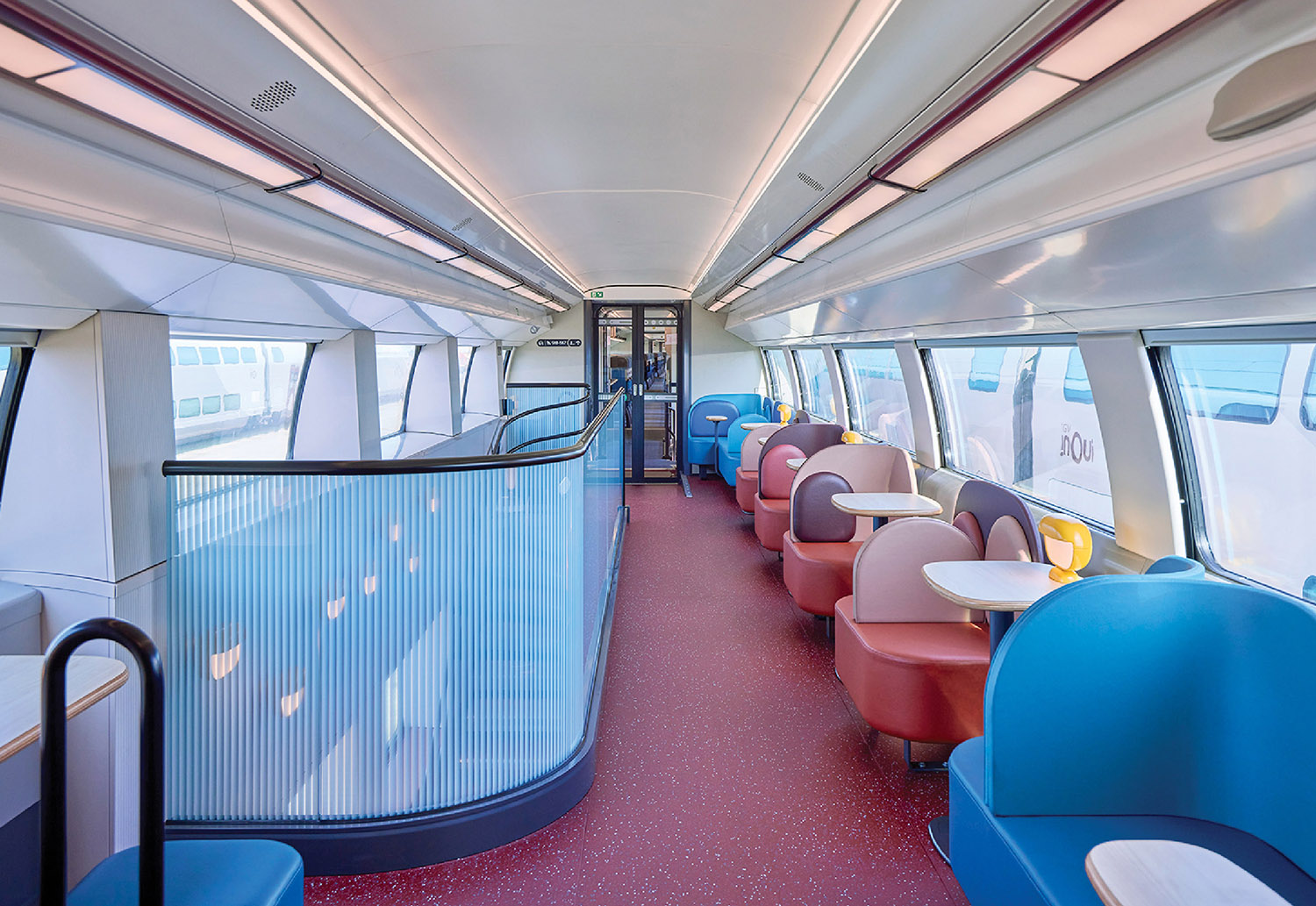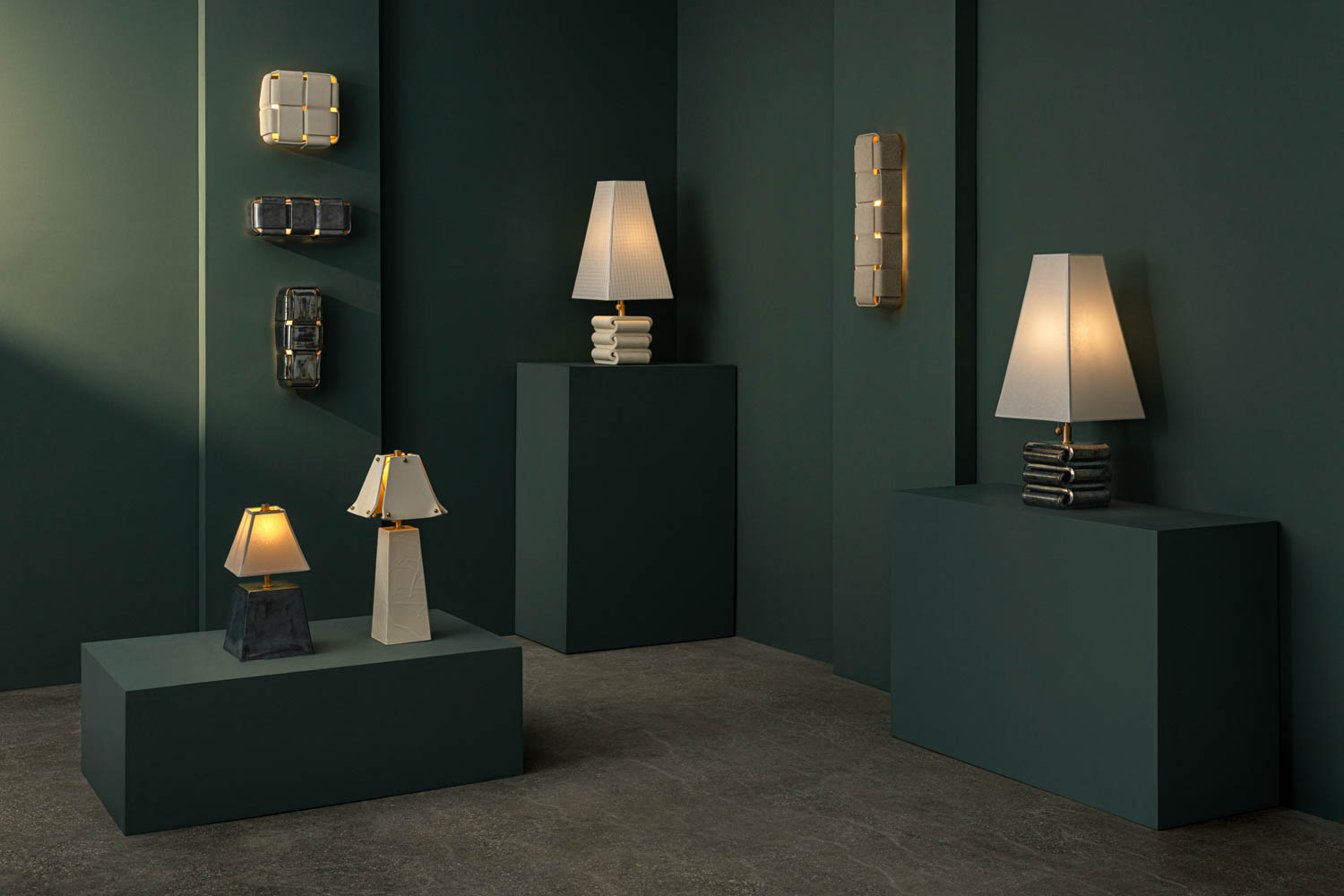Versailles Shines as Arata Isozaki Receives 2019 Pritzker Prize

In 1979 when the first Pritzker Prize was given to Philip Johnson, the award was billed as “architecture’s Nobel,” and the site of the ceremony, Washington DC’s Dumbarton Oaks, set a precedent for staging the event in historic buildings with a stature worthy of a Nobel. Such specimens as the Todai-ji Temple in Nara (1989), Prague Castle (1993), the White House (1998), Rome’s Campidoglio (2002), St. Petersburg’s Hermitage Museum (2004), and Akasaka Palace (2017) framed each event as an object lesson exemplifying the architectural excellence that is the point of the prize.
But with the ceremony honoring this year’s 2019 laureate, Arata Isozaki, held at Versailles, the Pritzker Foundation outdid itself. Louis XIV’s palace, designed by architects then at the cutting edge of their art, elevated the prize by ennobling the 400 guests, who had the entire palace to themselves as they strolled the King’s State Apartments. At the end of the enfilade, they turned left into the Hall of Mirrors, bathed in late afternoon summer light, the crystal chandeliers flinging tiny rainbows onto the gilded walls. This was the room in which Louis XIV held court, where the Treaty of Versailles was signed in 1919, and where in 1961 President Charles de Gaulle feted Jackie Kennedy, who came with her husband.
Read more: Auction of Rare Château Mouton Rothschild Wines to Benefit both Notre-Dame and Versailles

Those who could turn their backs on the ghosts continued and then pivoted left into the Queen’s Apartments, from which Marie Antoinette retreated when the revolutionary crowds breached the gates. Guests proceeded down the marble Queen’s Staircase to the Water Parterre overlooking André Le Notre’s fountains and the views over the Grand Canal of his conquering Grand Perspective into Louis XIV’s infinity beyond.
The only reminder of our current century was the quaint, open shuttle that whisked guests in formal attire down to the Orangerie, an underground structure nearly two football fields long and 45 feet high, a vast cathedral-like hall with a bank of arched south-facing windows. There, then and now, 1,000 specimen trees winter under the arches and vaults built by Francois Mansart in France’s golden limestone.
After drinks and hors d’oeuvres, guests convened for the ceremony itself. Pritzker Prize executive director Martha Thorne welcomed guests and introduced Associate Justice Stephen Breyer, new head of the jury, who spoke in French and then English, about Isozaki’s ability to combine the local and global: Iso, as he is known among friends, was one of the first to export Japanese architecture abroad and integrate international avant-garde influences within his work. Tom Pritzker, chairman and CEO of the Pritzker Organization, followed Justice Breyer, invoking the tragedy of the recent Notre-Dame fire, and speaking of architecture’s ability to both define culture and inspire a culture. (Pritzker also reminded himself to give the $100,000 honorarium to the laureate—sometimes, he said, he forgot).

Isozaki, wearing traditional black Japanese robes, his white hair pulled back in a ponytail, spoke in Japanese, thanking his clients, many in the audience, some of them royal, for their support and sometimes for their patience about time and budget.
The moment was poignant for the 87-year-old Japanese architect since, controversially, younger Japanese architects had preceded him to the Pritzker dais, breaking expectations of Japan’s hierarchical protocol. In recent years. jurors have broken the Pritzker custom of awarding the prize to architects in the prime of their careers, most notably giving the prize to Frei Otto (posthumously) in 2015 and before that to Jorn Utzon in 2005. There seems to be increased willingness to recognize masters for their life’s work, like an Academy Award for lifetime achievement. In Isozaki’s case, the jurors were acknowledging not only his impressive portfolio, but also his achievement as an internationalist bridging East and West during an activist career that embraced theory, deep tradition, and the avant-garde.
Read more: Hall of Famer Shigeru Ban Wins 2014 Pritzker


